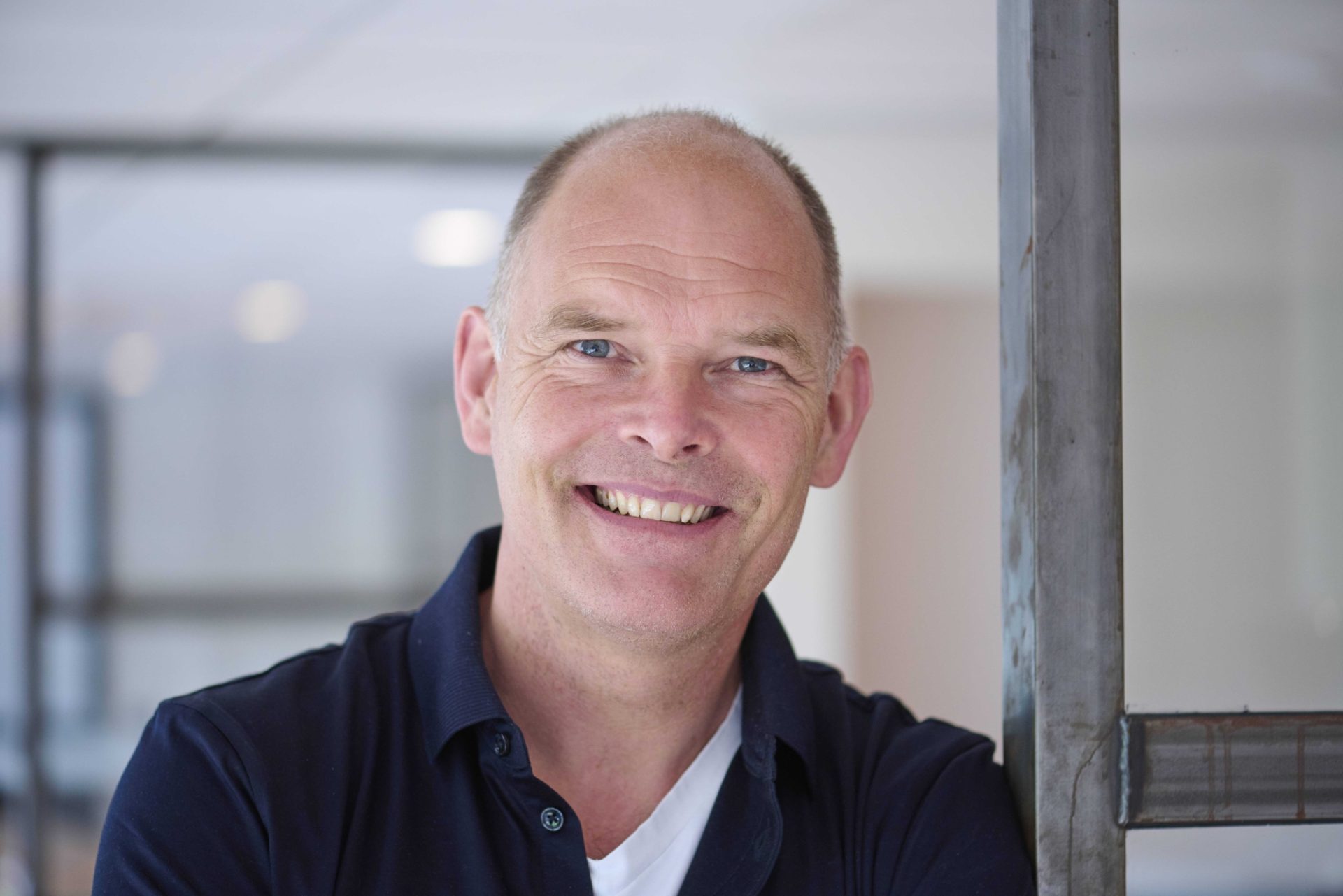It’s not for nothing that the Star Trek starship was named the Enterprise. Most plainly, the word means a “project” or “undertaking,” but it also conjures up adventure-seeking and the intrepid curiosity that guides us to and through unknown territories. And it’s not for nothing that we’ve long referred to many of our commercial customers as “enterprises.” Looking back on the past couple years, we find that label, with all its cosmic Trekkie connotations, especially fitting: our manufacturing customers have been tasked to boldly go where no one has gone before.
In 2021, manufacturers the world over were still dealing with COVID’s effects on supply chain disruptions, on-location working, and hospitality and retail closures that dented consumer and B2B demands. Globally, we all slogged through a second pandemic year, dealt with a host of cyberattacks or threats thereof, and had to process tremendous geopolitical turmoil, all of which exacerbated public health, social violence, and the climate crisis. Locally, the Netherlands lived through a collapsed government, flooding, and persisting housing shortages. Indeed, these have been unprecedented times, with unprecedented effects on business.
But again and again, our customers have shown remarkable resilience. In the face of crises, the manufacturers we partner with have harnessed their actual entrepreneurialism as well as their entrepreneurial spirit. While we’ve seen how some organizations focus on simply keeping up and running or, by contrast, to just keep on innovating in hopes of getting ahead of competition, our customers are in fact simultaneously committed to doing both. Upkeep and innovation are not diametrically opposed. In fact, the IT solutions that we co-create enable the passionate pursuit of both.
Optimizing production, prioritizing operators
While the shutdowns of 2020 spurred austerity cuts and shrunk budgets for production and development, by 2021, many of our customers could return to steady production thanks in part to our mission-critical IT. This was clear as day for one manufacturer using a data solution that we created together and implemented pre-pandemic. Incorporated in their factory line, our self-service dashboard was already yielding analytics for predicting and, ultimately, preventing stoppages. What’s more, this solution could be scaled up and executed at other factories around the world within a couple of hours and without an engineer ever having to board a plane or get on a train. By the end of 2021, 27 sites were using this solution to successfully increase operational efficiency – thanks to an loT kit that we could send to the various locations and close, even if remote, cooperation within our teams.
Last year, moreover, this same technology helped the company cope with the pandemic’s effects on business. The same data solution provided insights into the effects of shutting down entire factories – a scenario never rehearsed in an emergency preparedness drill. This was particularly relevant for a company with markets in different regions of the world, each with its own pandemic timeline and consequences for shutdowns. So, while our customers have long known that having the best, fit-for-purpose IT generates value, 2021 proved that a sound solution during business-as-usual can also serve to blunt the blows from business-as-never-before.





